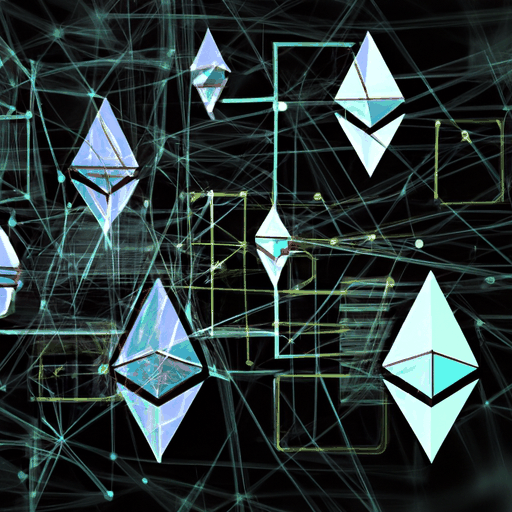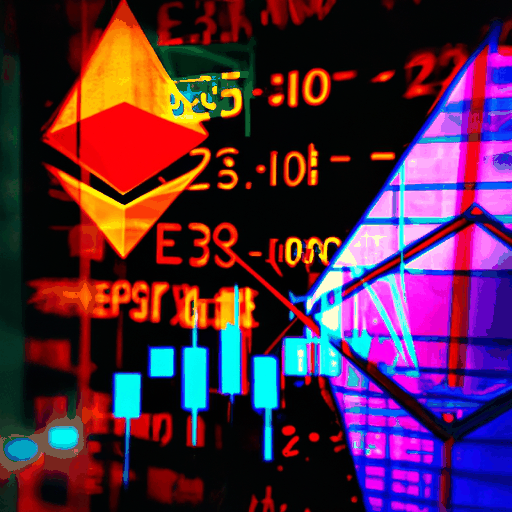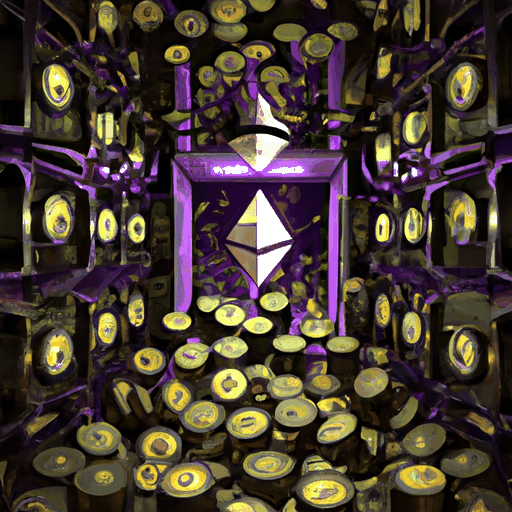
Linea Expands Ethereum Integration with New Staking and Token Initiatives
By: Eliza Bennet
Linea, an Ethereum-based Layer-2 network, has unveiled a strategic roadmap aimed at strengthening its integration with the Ethereum ecosystem. Central to this plan is a newly introduced ETH-native staking system that allows ETH bridged into the Linea network to generate yields directly from Ethereum’s mainnet validators. Scheduled for launch by October 2025, this native bridge aims to transform staked ETH into active capital, promoting long-term involvement and productivity within the blockchain space.
In its recent announcement, Linea outlined its novel tokenomics strategy ahead of an anticipated Token Generation Event (TGE). Impressively, 85% of the planned token supply is dedicated to ecosystem growth, with 10% directed to early adopters and the remaining 75% distributed over several years via an extensive ecosystem fund. The remaining 15% will reside in the Consensys Treasury, secured for a period of five years. Joseph Lubin, co-founder of Ethereum, has underscored the significance of this approach, ensuring economization that mirrors the technological symbiosis with Ethereum.
The network is also pioneering a dual-burn model that uniquely embeds Ethereum’s deflationary mechanics into Linea’s protocol. This model sees 20% of all net transaction fees paid in ETH and subsequently burned, with the remaining 80% allocated to burning Linea tokens proportionate to network usage. This strategy not only ensures value return to Ethereum's base layer but also catalyzes growth in Linea’s token economy, as stated by Declan Fox, Linea’s global product lead.
The Ethereum layer-2 platform has further introduced an ecosystem fund overseen by the Linea Consortium, composed of prominent Ethereum contributors like Eigen Labs, ENS Labs, and SharpLink. This consortium will navigate resource allocation directed towards bolstering Ethereum-native applications over the forthcoming decade. Such endeavors position Linea not only as a pioneering hub for Ethereum capital but also as a pivotal player in the broader blockchain ecosystem.



